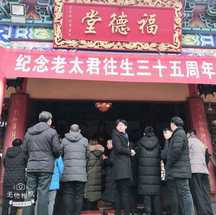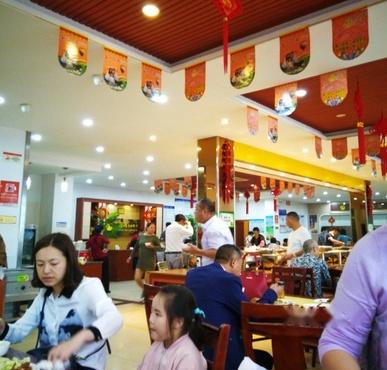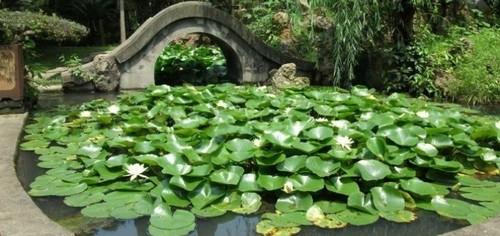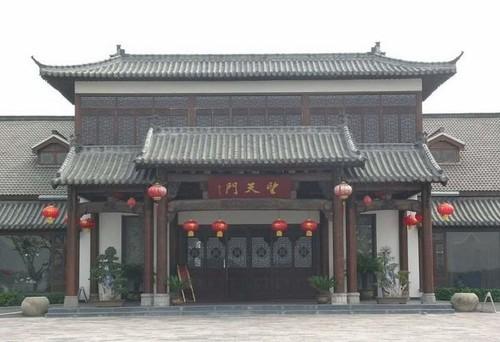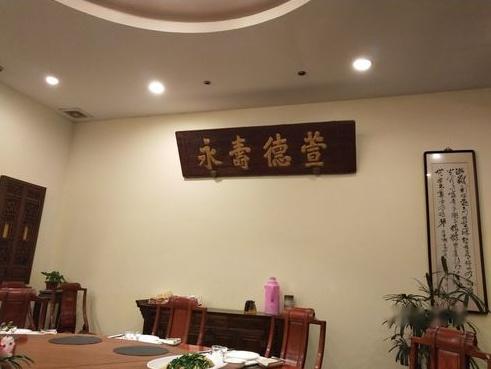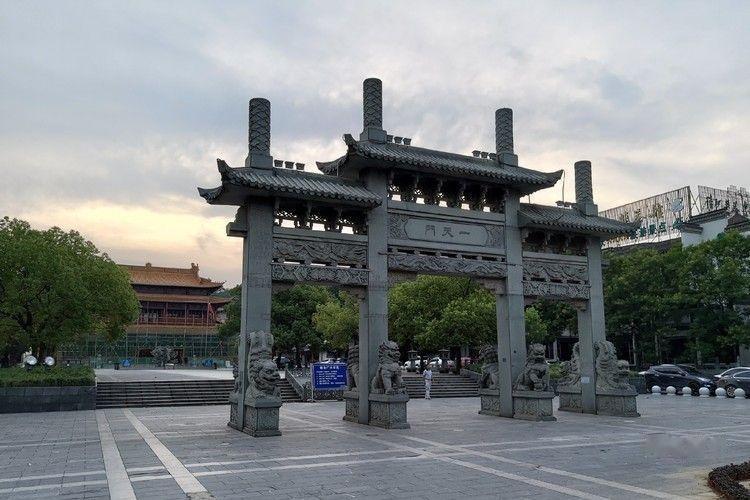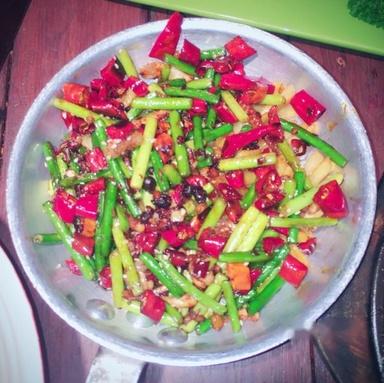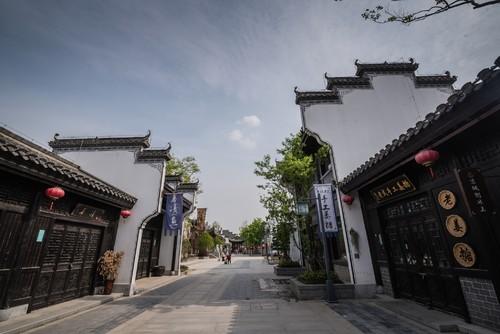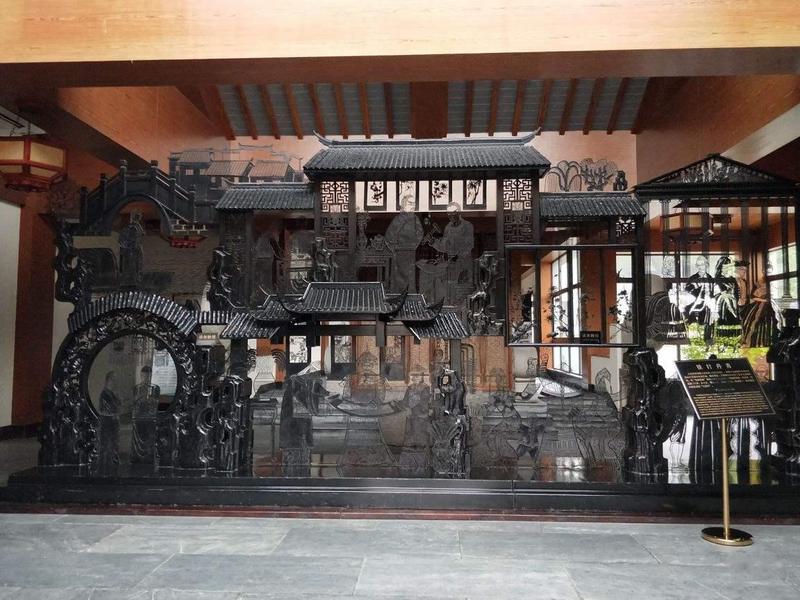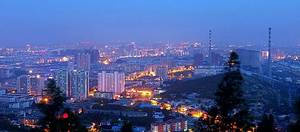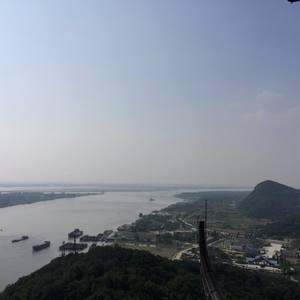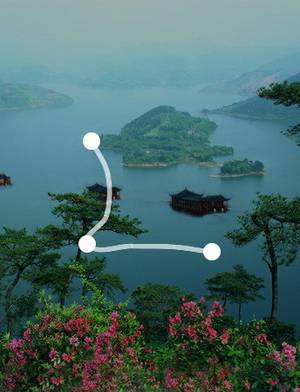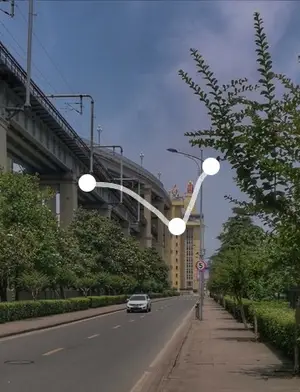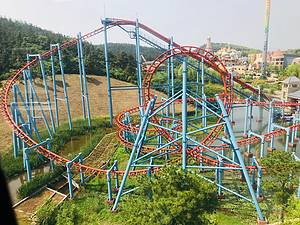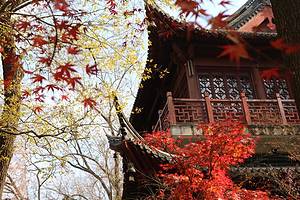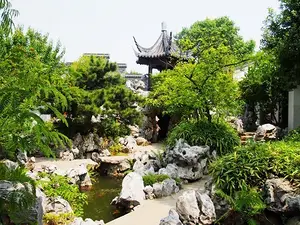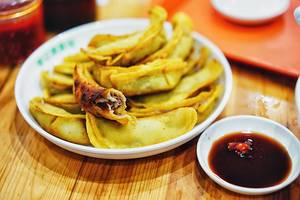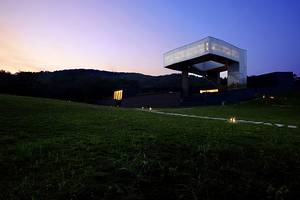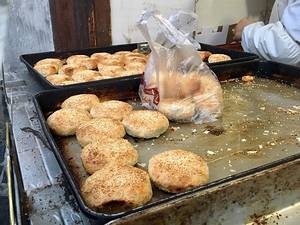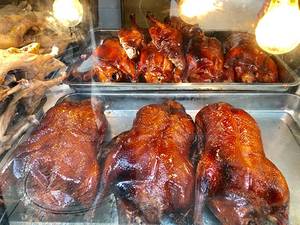Gazing at Tianmen Mountain with Li Bai
2 cities |
10 attraction(s) |
total distance 56
km
 TIPS
TIPS
Day1
Day2
Day1: Ma'anshan > Wuhu
6 attraction(s) ·
42 km
1
Zengshan is 7.5 kilometers east of the county seat, with steep cliffs and surrounded by mountains. The Zengshan Zen Forest was originally built in the Tang Dynasty and is one of the famous ancient temples in Dangtu. It has been repaired and rebuilt several times throughout history. Currently, it has an area of over 10,000 square meters and includes more than 70 buildings such as Buddha halls, dining halls, and guest rooms. The Zengshan Zen Forest is now an open temple approved by the county government and is a tourist attraction at the city level.
5
km
2
It's good. All the dishes are homemade and the chickens and ducks are also raised by themselves. The chicken soup is delicious, and I especially want to praise the river shrimp in the restaurant - fresh, tender, and tasty. The service is considerate, the decoration is simple and elegant, and the environment is excellent.
12
km
4
Tianmen Mountain Tourist Area is located in Daqiao Town, Jiujiang District, Wuhu City, Anhui Province. It is adjacent to the Yangtze River Golden Waterway and the 205 National Highway, with convenient land and water transportation. Tianmen Mountain is the place where the famous ancient Chinese poet Li Bai wrote the poem "Looking at Tianmen Mountain". The poetic imagery of "Tianmen breaks the sky over the Chu River, the green water flows back here, the green mountains on both sides stand face to face, a lone sail comes from the horizon" is wonderfully showcased here. The scenic beauty transcends time and space, and the culture has withstood the test of history. The Tianmen Mountain Tourist Area covers an area of 105 hectares, divided into the "outside of the embankment" and "inside of the embankment" of the Yangtze River embankment. Among them, the area outside the embankment is about 46 hectares, and the area inside the embankment is 59 hectares. A "ecological green space control zone" is also planned on the east side of the site. At the northeastern foot of Tianmen Mountain in the site is the locally famous "Bronze Buddha Temple". The temple includes buildings such as the "Great Buddha Hall". During the Spring Festival and other holidays, it attracts a large number of worshippers and is lively.
1
km
5
Very artistic restaurant with small bridges, flowing water, pavilions, and towers. Specializes in fresh river food, such as saltwater river prawns and fish maw with vermicelli, all very delicious. The mandarin fish soup is especially fresh and tasty, with the fish meat melting in your mouth and a great texture.
6
km
6
Day2: Wuhu
4 attraction(s) ·
15 km
1
Jiuzi Scenic Area is located in Jinghu District, Wuhu City, Anhui Province. It is a city center tourist destination that includes attractions such as Jiuzi Guangchang, Dajinghu, Xiaojinghu, and Zhongshan Road Pedestrian Street. Jiuzi Guangchang is the core of the scenic area, with excellent geographical location and beautiful environment. Mirror Lake Park is the earliest open park in Wuhu City, consisting of Dajinghu and Xiaojinghu, offering beautiful scenery and pleasant views.
2
km
2
The service staff in the store is very polite, the serving speed is also fast, the taste of the dishes is also very good, it caters to the general taste, the portion is also sufficient, the sour and spicy fish has tender and smooth fish meat, and it is worth recommending.
13
km
4
Here, there is the longest couplet ever written about Anhui culture and Huizhou business culture, also the longest couplet in the world in almost 100 years. The exhibition hall on the first floor displays the history and development of Huizhou merchants. The Hundred Famous Figures of Huizhou merchants include stories of outstanding figures from Anhui throughout history, including famous philosopher Tao Xingzhi and railway engineering expert Zhan Tianyou. The courtyard is set up with four main themes of music, chess, calligraphy, and painting, displaying the scenes of Huizhou merchants emphasizing studying, observing etiquette, and promoting cultural elegance through wax figures and utensils of ancient scholars.
